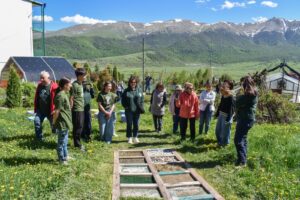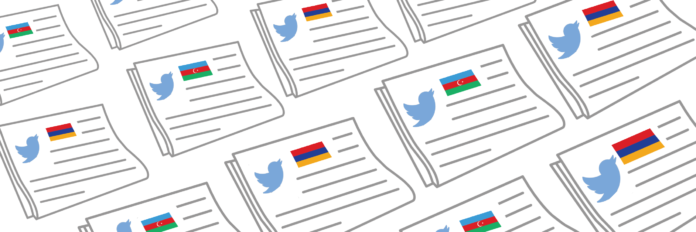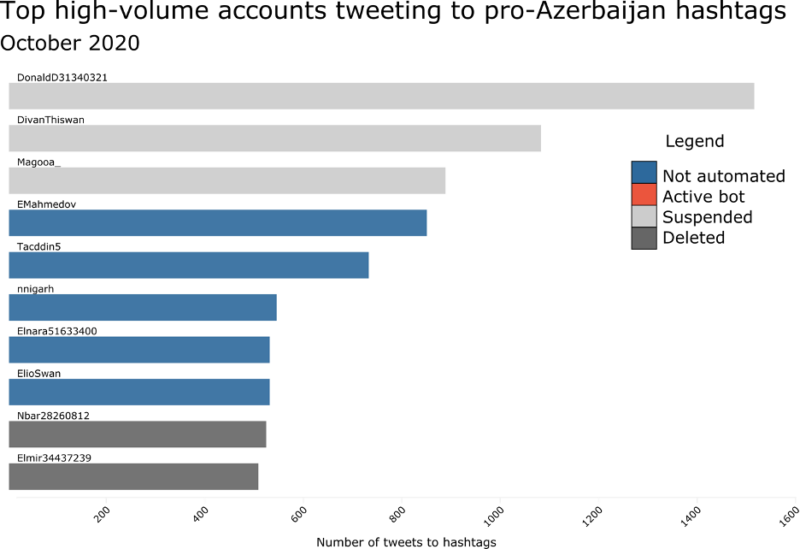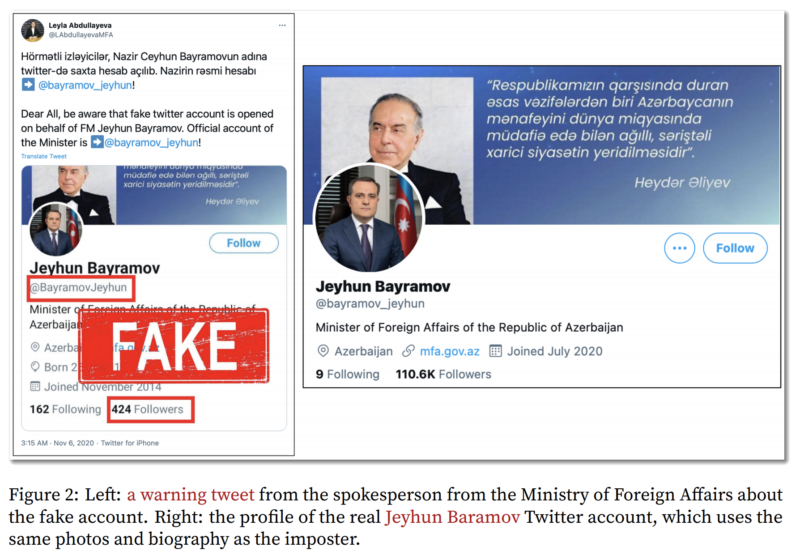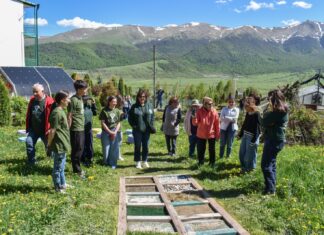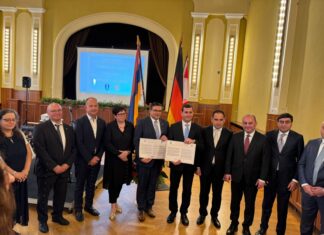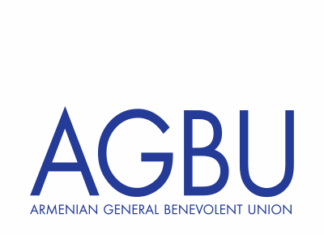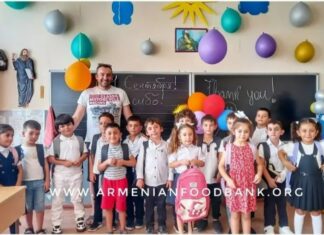By Cristopher Patvakanian, Roupen Minassian, and Manana Hakobyan
BOSTON/YEREVAN/SYDNEY (DataPoint Armenia) – A war between Armenia and Azerbaijan was reignited after Azerbaijani attacks on Artsakh in September 2020, but the fighting extended far beyond the mountains of the Caucuses. Twitter users engaging in social media narrative warfare during the war – also known as “astroturfing” – were very active during and after fighting on the ground. Though there has been some scholarship covering the activity of both pro-Armenian and pro-Azerbaijani Twitter users, including extensive Azerbaijani Armenophobic hate speech, DataPoint Armenia (DPA) has conducted the most comprehensive analysis specifically on astroturfing to date. Its most recent report covers the themes, coordination, and primary tactics used by Armenian and Azerbaijani Twitter users.
Campaign Advocacy and Tweet Timing
Although pro-Armenian and pro-Azerbaijan groups coordinated large-scale campaigns in an effort to highlight atrocities of the Nagorno-Karabakh conflict, our investigation identified variations in how this information was disseminated on Twitter between these sub-groups. Initial investigations on the number of tweets/day noted differences in tweeting patterns. While pro-Armenian tweets demonstrated consistency between days, pro-Azerbaijan tweet activity correlated with significant events during the war.
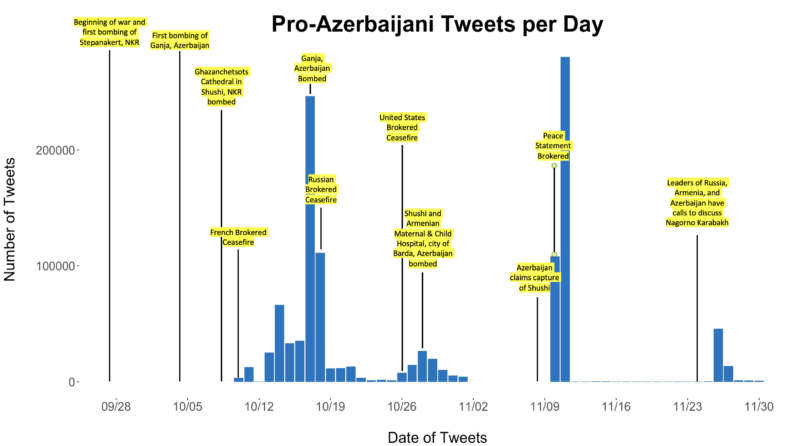
Interestingly, DPA discovered that a large proportion of pro-Azerbaijan tweets during this period were replies or retweets of original content. DPA did not find said disparities in pro-Armenian tweets and observed more natural and variable tweeting behaviours.
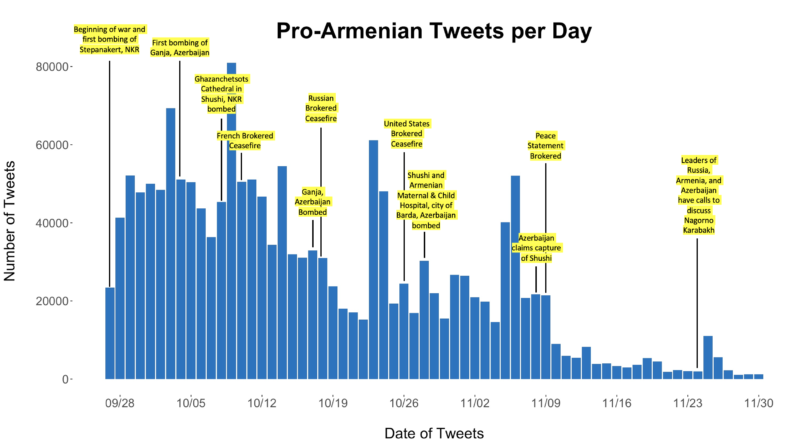
Automation, Disinformation, and “Ephemeral Astroturfing”
